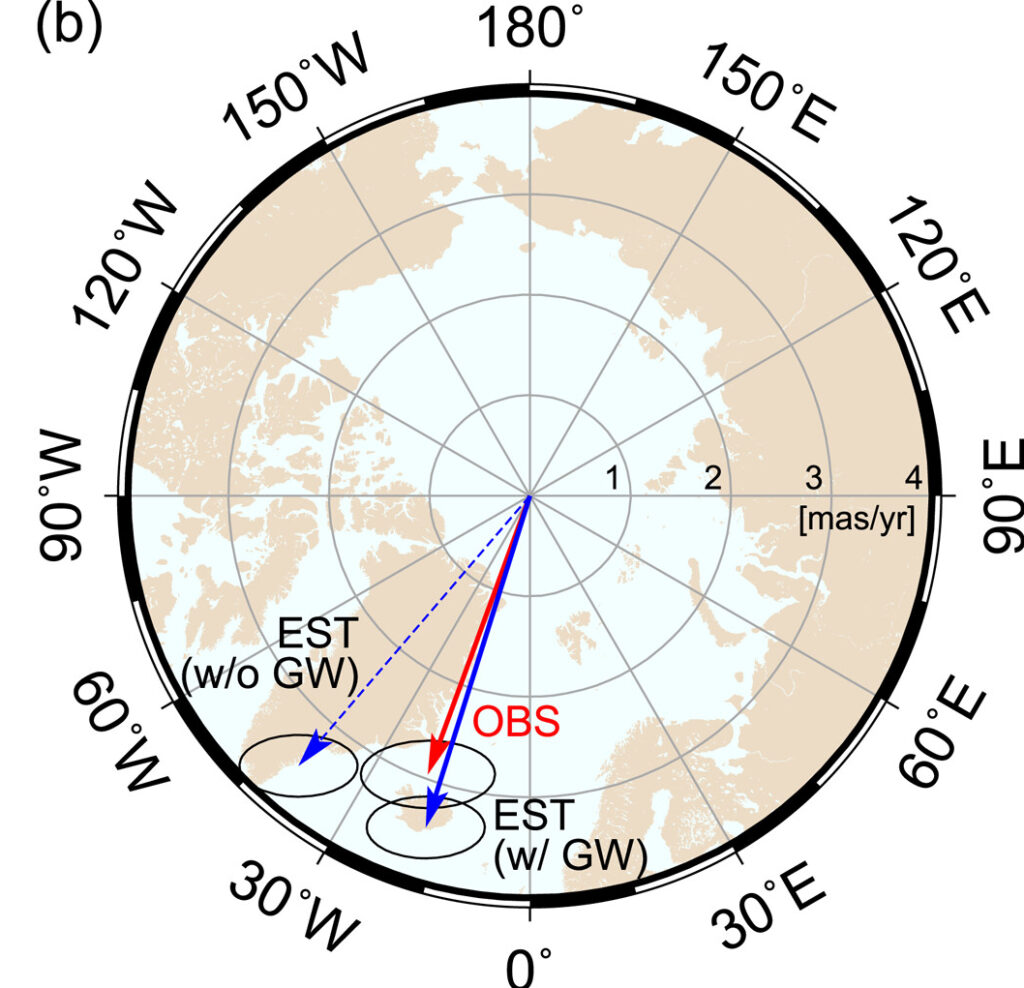|
Help |
Site Map
|
Grandparenting
AS OF APRIL 4, 2022
Background
Changes to the makeup of the U.S. Supreme Court in 2018 raise the possibility that Roe v. Wade could be severely undermined — or even overturned — essentially leaving the legality of abortion to individual states. A reversal of Roe could establish a legal path for states’ pre-1973 abortion bans, as well as currently unenforced post-1973 bans, to take effect.
Many state lawmakers continue to consider and enact abortion bans that fly in the face of constitutional standards and Roe’s precedent in anticipation of an eventual lawsuit on such a ban coming before a Supreme Court hostile to abortion rights.
Some bans prohibit abortion under all or nearly all circumstances, a tactic widely viewed as an attempt to provoke a legal challenge to Roe. Several of this type of ban that were passed by states have been blocked by court orders and would require further court action to be enforced.
Other bans enacted after Roe are designed to be “triggered” and take effect automatically or by swift state action if Roe is overturned. Several states even have laws declaring the state’s intent to ban abortion to whatever extent is permitted by the U.S. Constitution, making their desire to halt abortion access in the state clear. A few states have amended their constitution to declare that it does not contain any protection for abortion rights or allow public funds to be used for abortion.
Meanwhile, policymakers in some states have approved laws to protect abortion rights without relying on the Roe decision. Most of these policies prohibit the state from interfering with the right to obtain an abortion before viability or when necessary to protect the life or health of the pregnant person.
Visit our state legislation tracker for policy activity on all sexual and reproductive health topics.
Highlights
- 23 states have laws that could be used to restrict the legal status of abortion.
- 9 states retain their unenforced, pre-Roe abortion bans.
- 13 states have post-Roe laws to ban all or nearly all abortions that would be triggered if Roe were overturned.
- 9 states have unconstitutional post-Roe restrictions that are currently blocked by courts but could be brought back into effect with a court order in Roe’s absence.
- 7 states have laws that express the intent to restrict the right to legal abortion to the maximum extent permitted by the U.S. Supreme Court in the absence of Roe.
- 4 states have passed a constitutional amendment explicitly declaring that their constitution does not secure or protect the right to abortion or allow use of public funds for abortion.
- 16 states and the District of Columbia have laws that protect the right to abortion.
- 4 states and the District of Columbia have codified the right to abortion throughout pregnancy without state interference.
- 12 states explicitly permit abortion prior to viability or when necessary to protect the life or health of the pregnant person.
Printer-friendly version
TOPIC
GEOGRAPHY
- Northern America: United States
- Alabama, Alaska, Arizona, Arkansas, California, Colorado, Connecticut, Delaware, District of Columbia, Florida, Georgia, Hawaii, Idaho, Illinois, Indiana, Iowa, Kansas, Kentucky, Louisiana, Maine, Maryland, Massachusetts, Michigan, Minnesota, Mississippi, Missouri, Montana, Nebraska, Nevada, New Hampshire, New Jersey, New Mexico, New York, North Carolina, North Dakota, Ohio, Oklahoma, Oregon, Pennsylvania, Rhode Island, South Carolina, South Dakota, Tennessee, Texas, Utah, Vermont, Virginia, Washington, West Virginia, Wisconsin, Wyoming
Related Content
Guttmacher Policy Review
*State Policy Resources: The Guttmacher Institute monitors and analyzes state policy developments—including legislative, judicial and executive actions — on a broad range of issues related to sexual and reproductive health and rights. These resources, on such issues as access to and availability of abortion, contraceptive services and sex education, are updated regularly to provide a comprehensive picture of the state policy landscape.
Abstract: While the descriptive impacts of the pandemic on women have been well documented in the aggregate, we know much less about the impacts of the pandemic on different groups of women. After controlling for detailed job and demographic characteristics, including occupation and industry, we find that the pandemic led to significant excess labor force exits among women living with children under age six relative to women without children. We also find evidence of larger increases in exits among lower-earning women. The presence of children predicted larger increases in exits during the pandemic among Latina and Black women relative to White women. Overall, we find evidence that pandemic induced disruptions to childcare, including informal care from family and friends. Our results suggest that the unique effect of childcare disruptions during the pandemic exacerbated pre-existing racial and income inequalities among women. more »
“Observing changes in Earth’s rotational pole is useful for understanding continent-scale water storage variations,” said Ki-Weon Seo, a geophysicist at Seoul National University who led the study. Seo said. “Polar motion data are available from as early as the late 19th century. So, we can potentially use those data to understand continental water storage variations during the last 100 years. Were there any hydrological regime changes resulting from the warming climate? Polar motion could hold the answer.” “I’m very glad to find the unexplained cause of the rotation pole drift,” Seo said. “On the other hand, as a resident of Earth and a father, I’m concerned and surprised to see that pumping groundwater is another source of sea-level rise.”
more »
Ferida Wolff Writes: "Outside our front door was a wonderful sight – a male goldfinch was sitting on one of our Astilbe plants. His beautiful gold color was startling. As we watched, a female goldfinch flew to one of the other Astilbe plants and seemed to be watching the male. He didn’t chase her away so perhaps they were a couple. They sat there together/apart for several minutes until we had to go out. Then our movement disturbed them and they zipped off and we haven’t seen them since.
A sight like that is breathtaking." more »
Elimination of All Forms of Discrimination Against Women, Cosmetic safety, supply chain transparency needed for companies to make safe cosmetics; A bill to increase the availability and affordability of menstrual products for individuals with limited access; A bill to expand the authority to provide a wig and treat traction alopecia under the TRICARE program; a hearing, “Solving the Child Care Crisis: Meeting the Needs of Working Families and Child Care Workers.” Child Protection - The Senate Judiciary Committee is scheduled to consider several bills, including S. 474, legislation to strengthen reporting to the Cyber Tipline related to online sexual exploitation of children.
Bringing women policymakers together across party lines to advance
issues of importance to women and their families.
… more »
|
|










